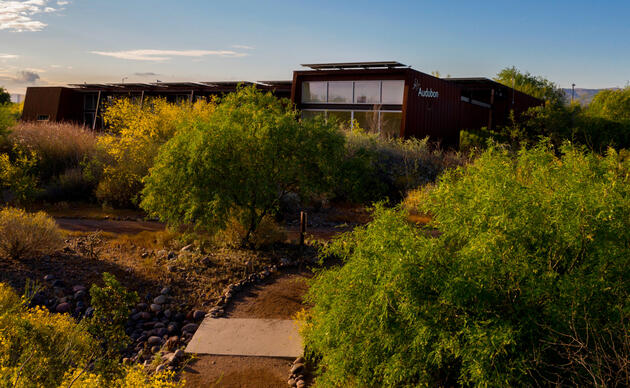Spring is here and the stars are aligning to tell you to add native plants to your yard or patio to help local birds and pollinators!
It’s not luck or fate…native plants are easier to care for in the long run (some require extra care to get established) and they are better for the planet!
Before planting, make sure that your desired choice is appropriate for your area and that you are planting at the proper time. Some parts of the southwest heat up as early as February, while other parts are still blanketed in snow.
Get a specialized list by zip code by visiting Audubon’s Native Plant Database
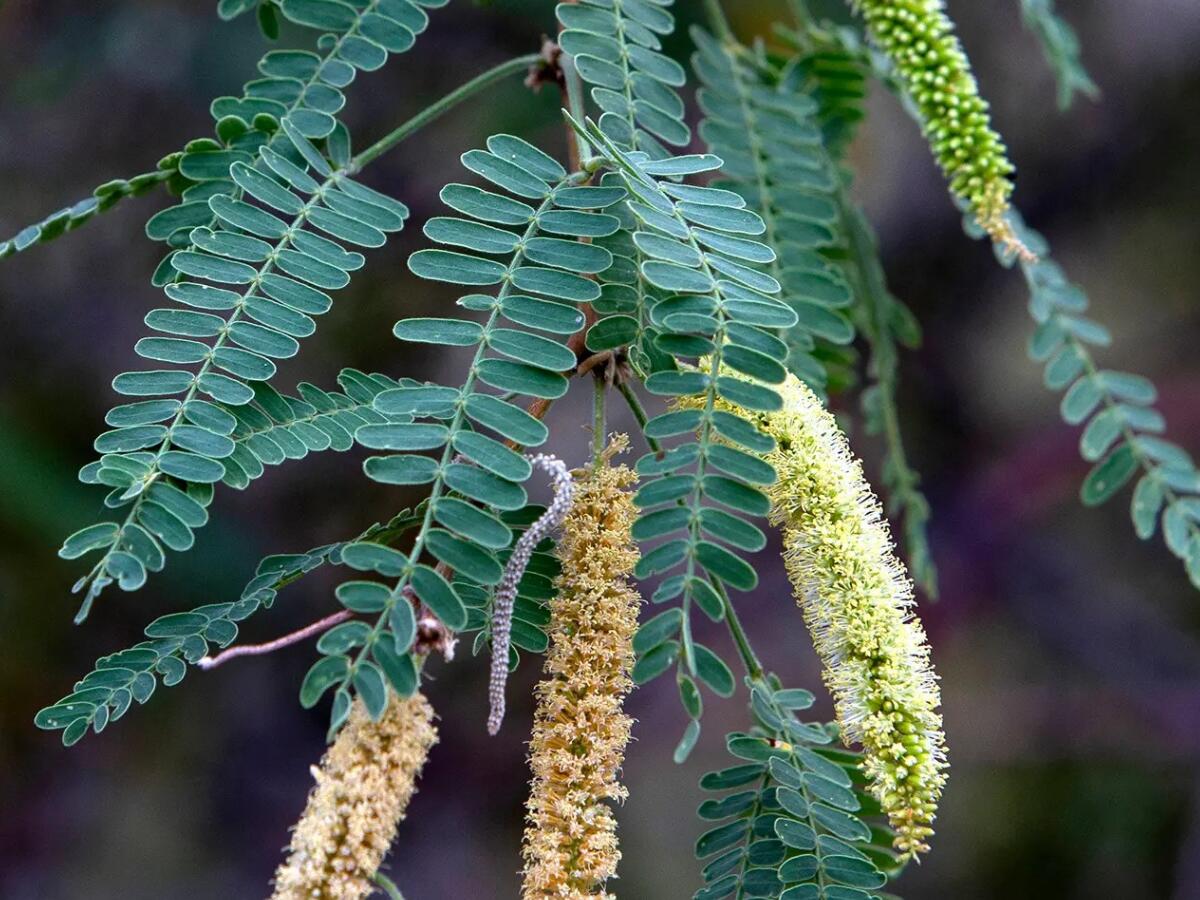
Aries (March 21-April 20): Velvet Mesquite (Prosopis velutina) This ambitious fire sign loves to be number one. Why not choose a heat-loving, drought-tolerant tree that ranks highest for supporting both birds and pollinators! Birds that love the plant: Western Kingbird, Phainopepla
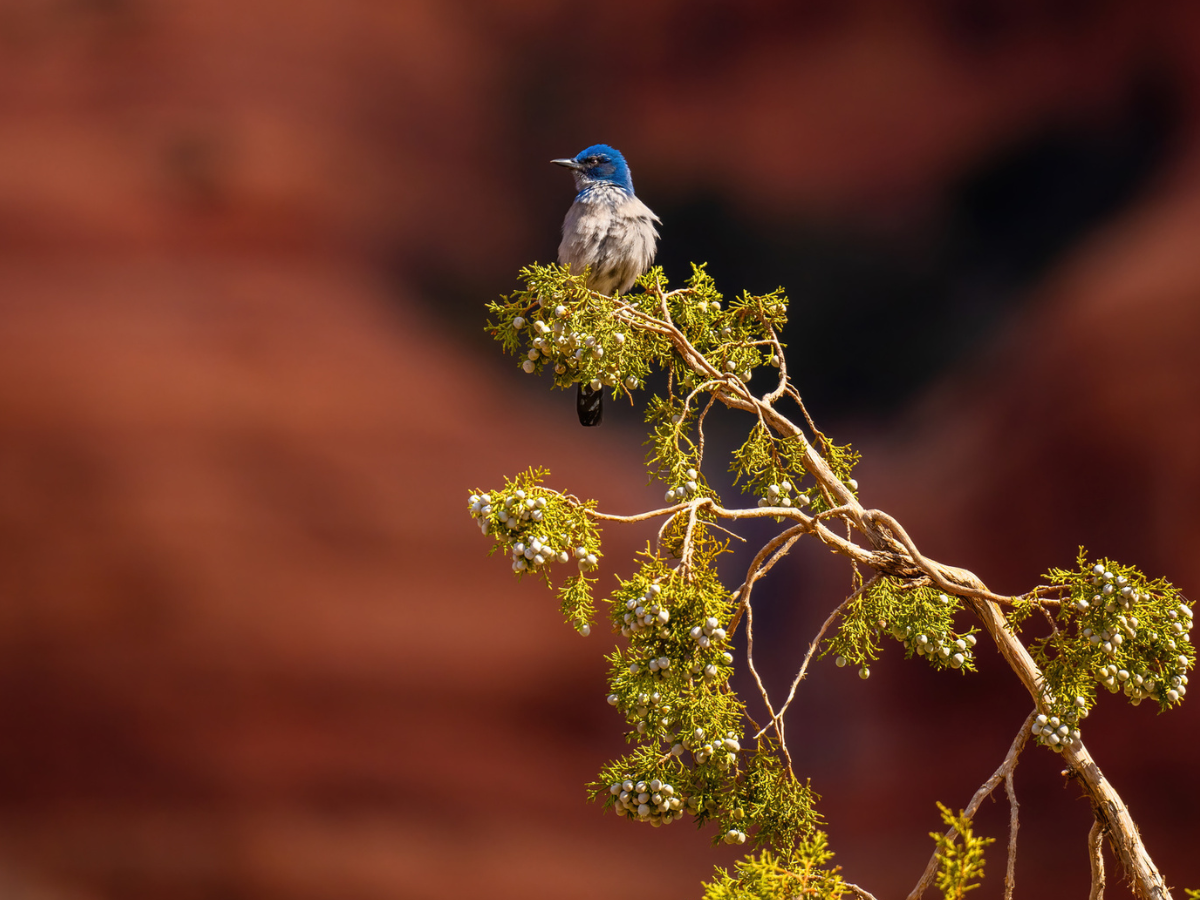
Taurus (April 21-May 20): Juniper (Juniperus spp.) Earthy Taurus loves luxury and rich fragrances. Juniper provides scented shade and attractive berries. Birds that love the plant: Cedar Waxwing, Bushtit
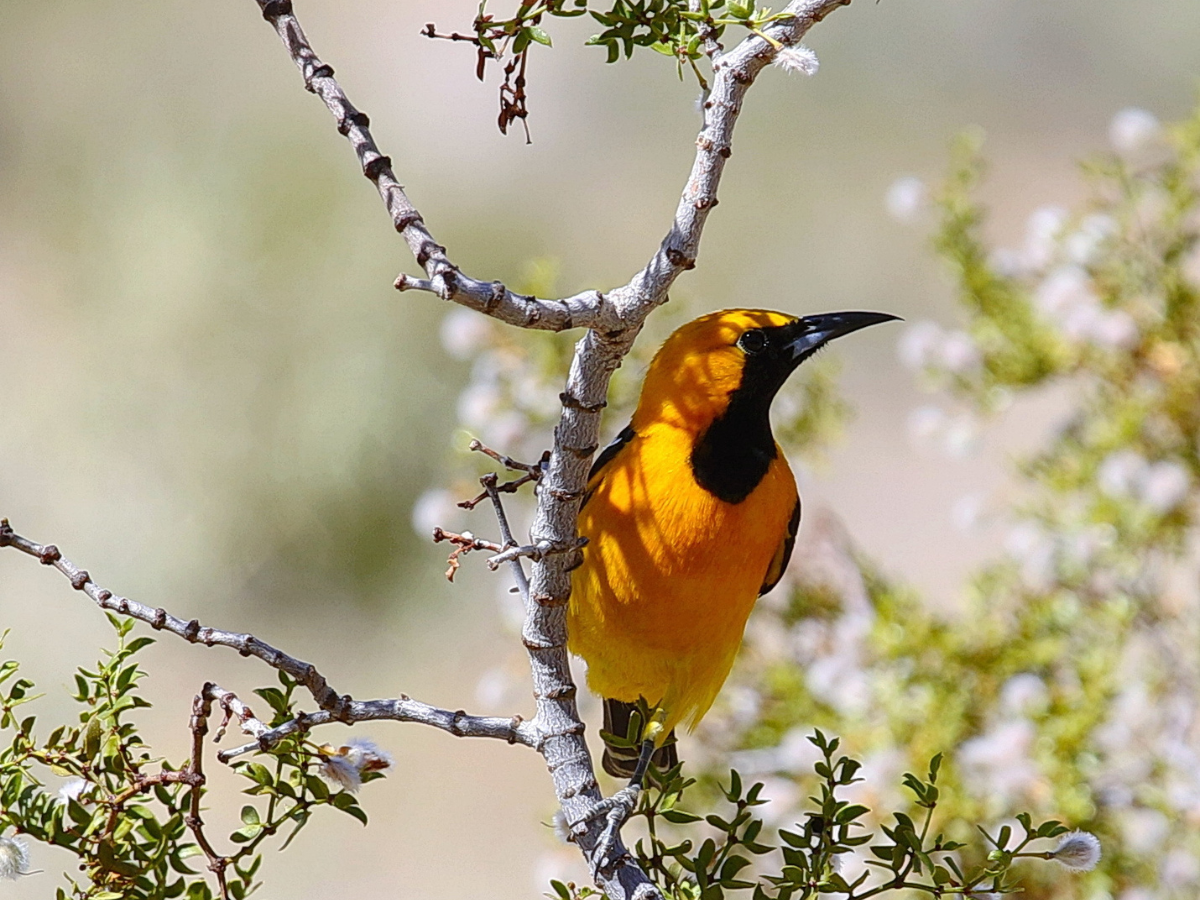
Gemini (May 21-June 20): Creosote (Larrea tridentata) Airy and playful, Gemini twins appreciate beauty and utility. Enjoy amazing scent with even light rain with creosote, while supporting 10+ species of ground nesting bees, other pollinators, and mammals. Birds that love the plant: Bendire’s Thrasher, Greater Roadrunner
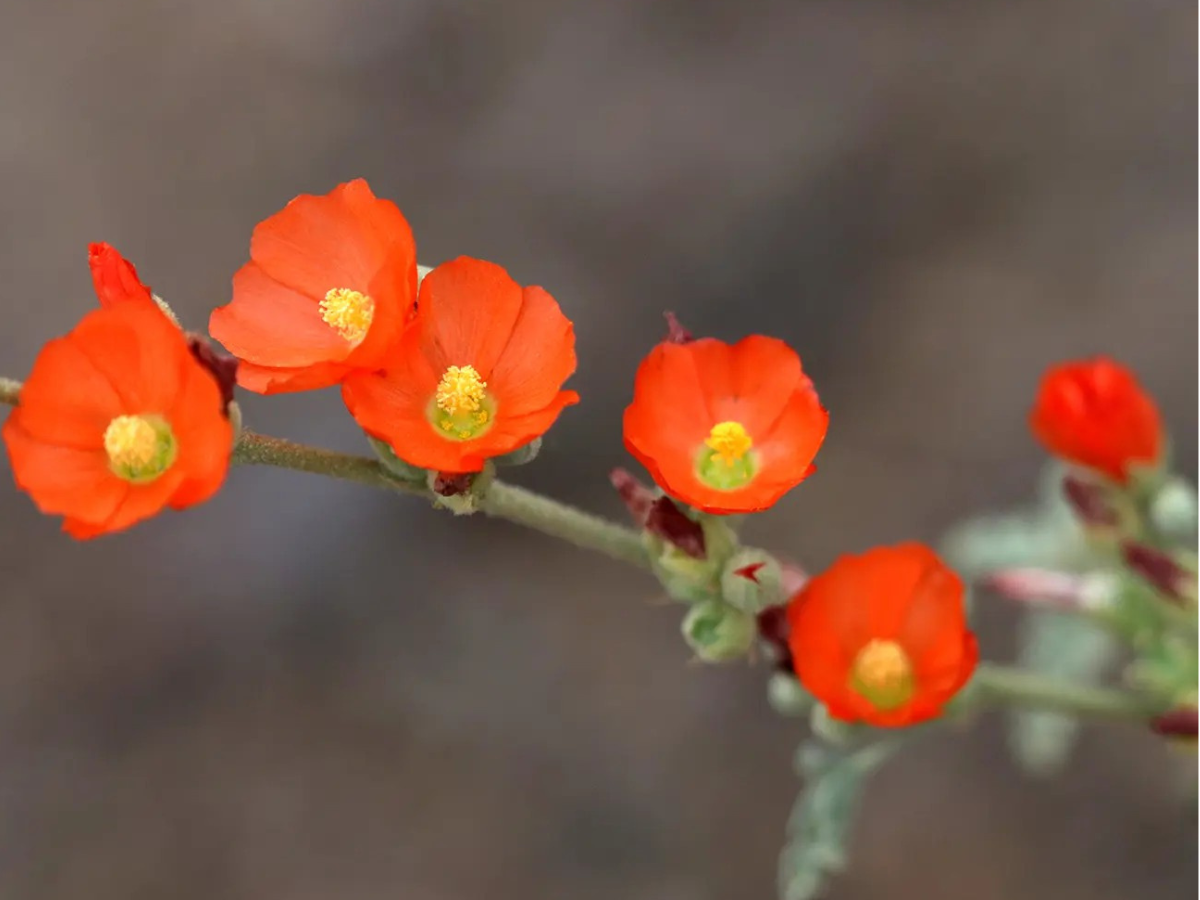
Cancer (June 21-July 22): Globe Mallow (Sphaeralcea ambigua) Water is important to the Crab as is proper establishment. Extra effort at the get go will yield years and years of self-seeding beauty from Globe Mallow. Birds that love the plant: Mourning Dove, Inca Dove
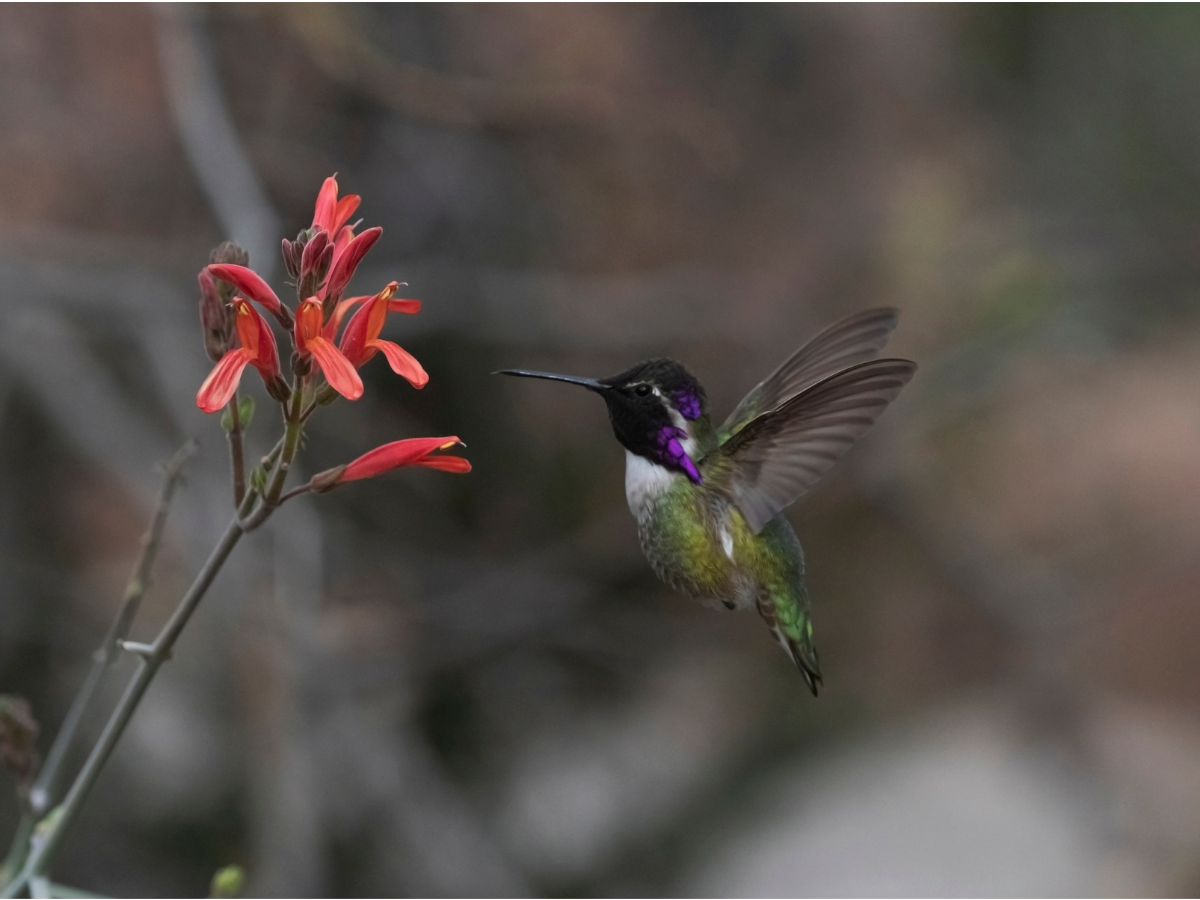
Leo (July 23-August 22): Chuparosa (Justicia californica) Dramatic, romantic Leos appreciate the lipstick-like blooms of Chuparosa and resonate with the fiery color. Birds that love the plant: Black-chinned Hummingbird, Anna’s Hummingbird
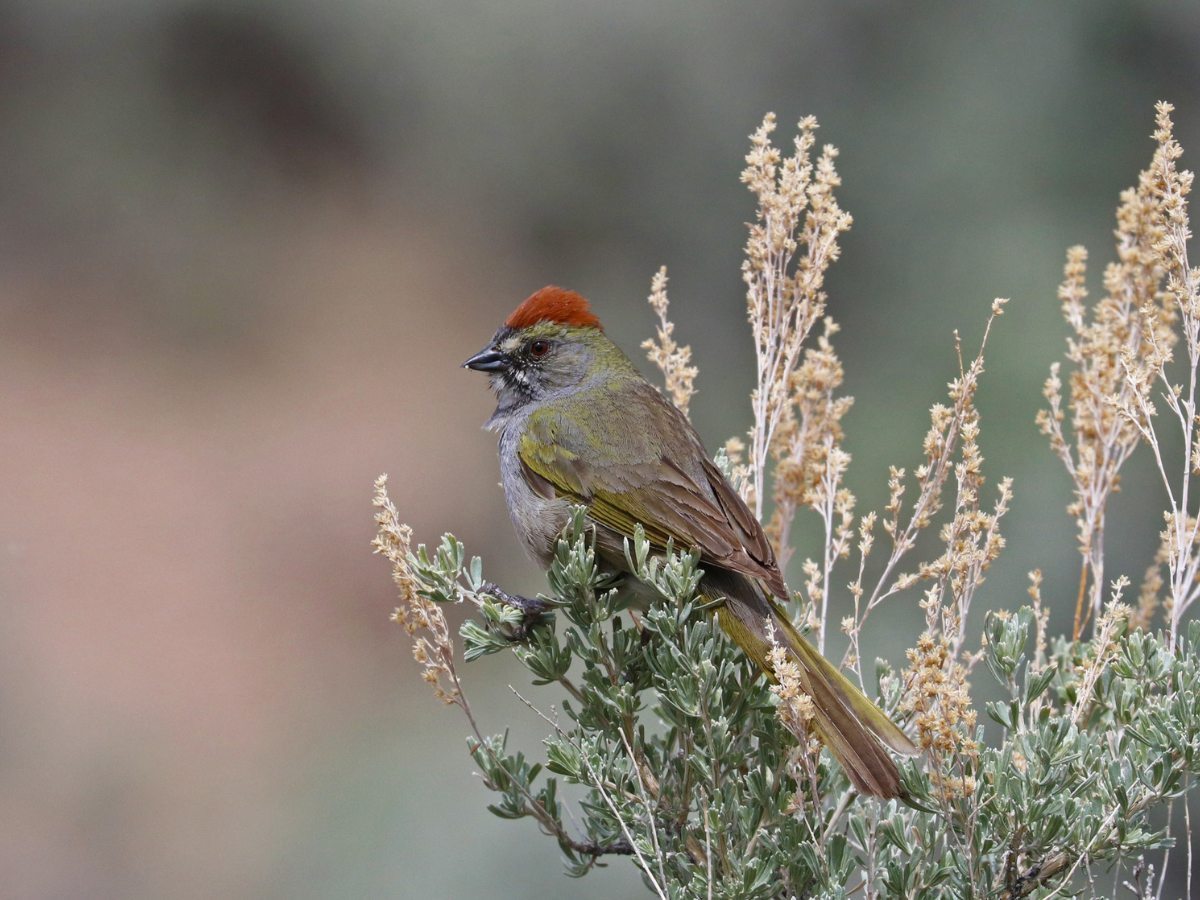
Virgo (August 23- September 22): Big Sage (Artemisia tridentata) Earthy Virgos get it done, and so does the Big Sage. Considered a habitat cornerstone, this plant provides life giving properties both above and below the soil. Birds that love the plant: Lark Sparrow, Sage Sparrow

Libra (September 23- October 22): Desert Hackberry (Celtis ehrenbergiana) Libras are the iron hand in the velvet glove, demanding balance in all things. Desert Hackberry delivers both nutritious, edible berries and a thorny fortress. Enjoy, yet beware! Birds that love the plant: Northern Mockingbird, Black-tailed Gnatcatcher

Scorpio (October 23- November 22): Desert Willow (Chilopsis linearis) Scorpios are the most misunderstood sign, expressive in some seasons, withdrawn in others. Few desert shrubs can match the beauty of Desert Willow’s blooms, and its dormancy in winter lets the sun into target areas if you position it right. Birds that love the plant: Costa’s Hummingbird, Verdin

Sagittarius (November 23-December 21): Desert Marigold (Baileya multiradiata) Sagittarius is the most adventurous of all signs, always exploring new territory with a sunny outlook. Desert Marigold will readily self- seed, spreading cheer far from its original planting. Birds that love the plant: Gambel’s Quail, Mourning Dove
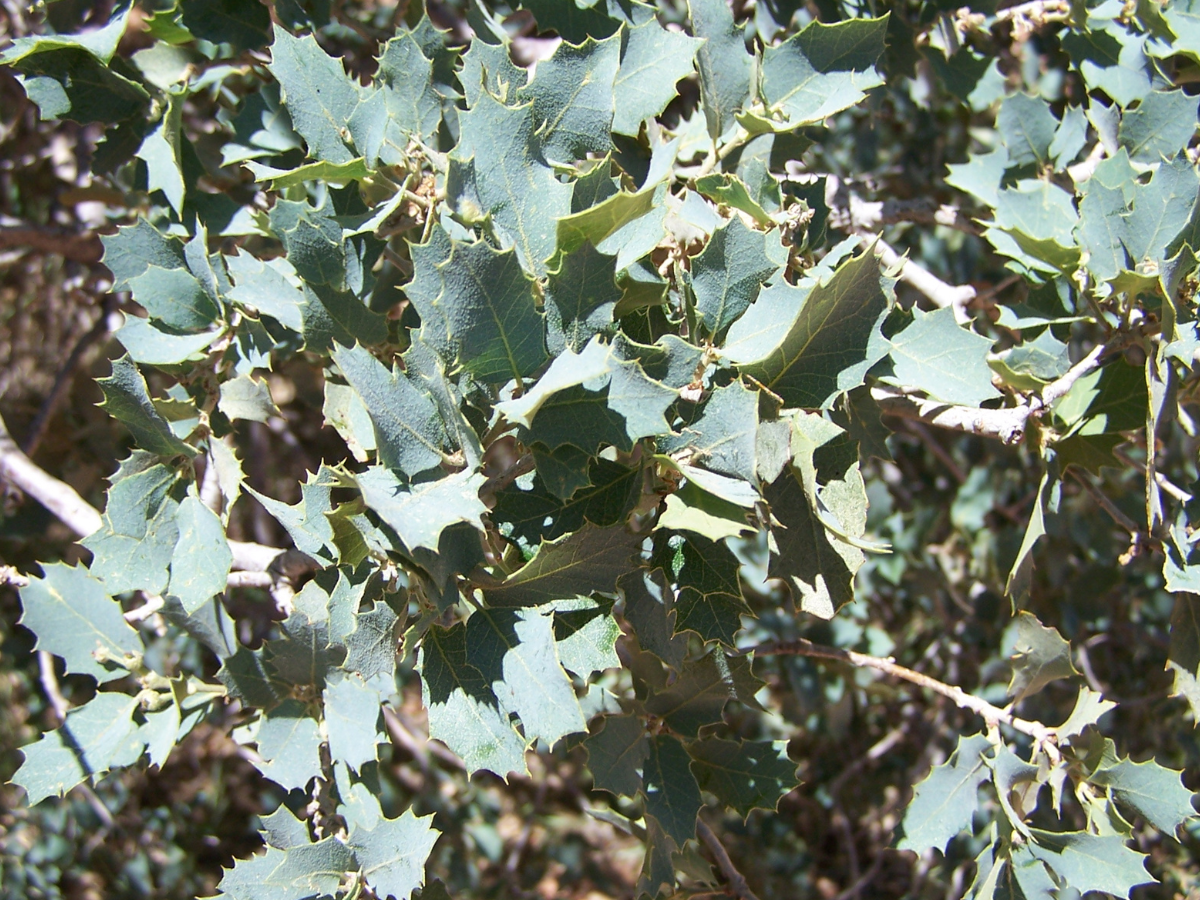
Capricorn (December 22-January 19): Scrub Oak (Quercus turbinella) Diligent, hardworking Capricorns take a long game view and appreciate the hearty, tenacious and slow growing nature of scrub oak. Evergreen and productive, scrub oak is favored by Spotted Towhee and Woodhouse’s Jay

Aquarius (January 20-February 19): Pinyon Pine (Pinus edulis) Considered the most humanitarian of all the signs, Aquarians are committed to making the world a better place. Pinyon Pine provides food, shelter, and medicine not only for birds but for people and other mammals as well. Birds that love the plant: Pinyon Jay, Grey Flycatcher
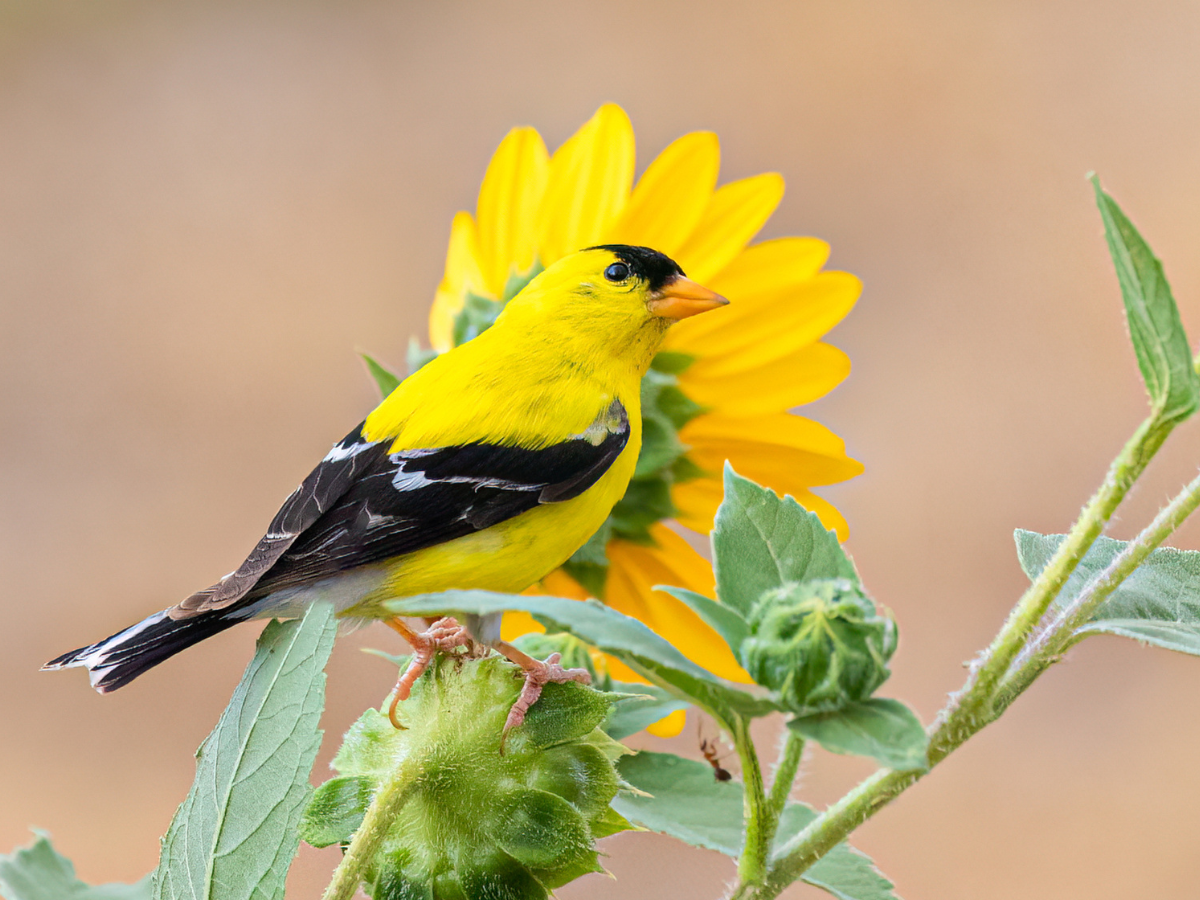
Pisces (February 20- March 20): Sunflower (Helianthus spp.) The most empathetic sign of the zodiac is both creative and pragmatic, enjoying both beauty and utility while nurturing others. Sunflowers appeal to this water sign for their unfussy prettiness, easy cultivation, and the joy they bring others. Birds that love the plant: Lesser Goldfinch, House Finch



